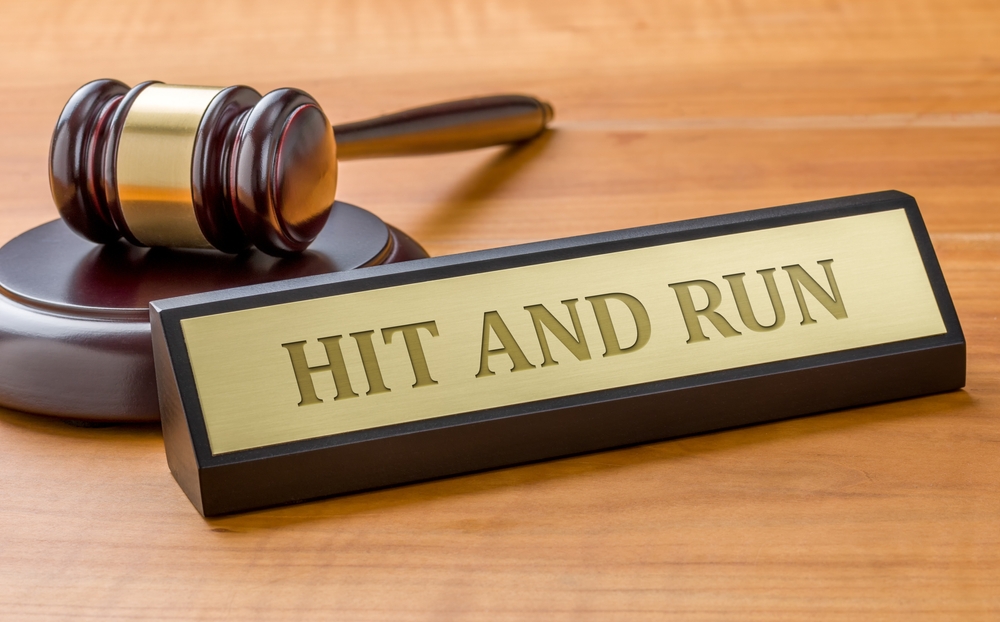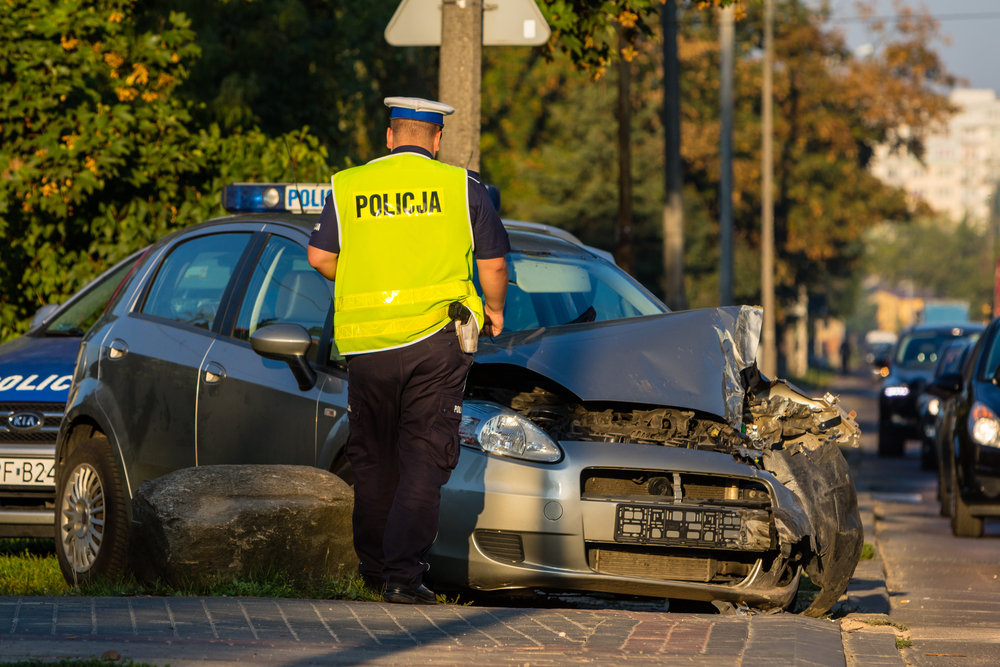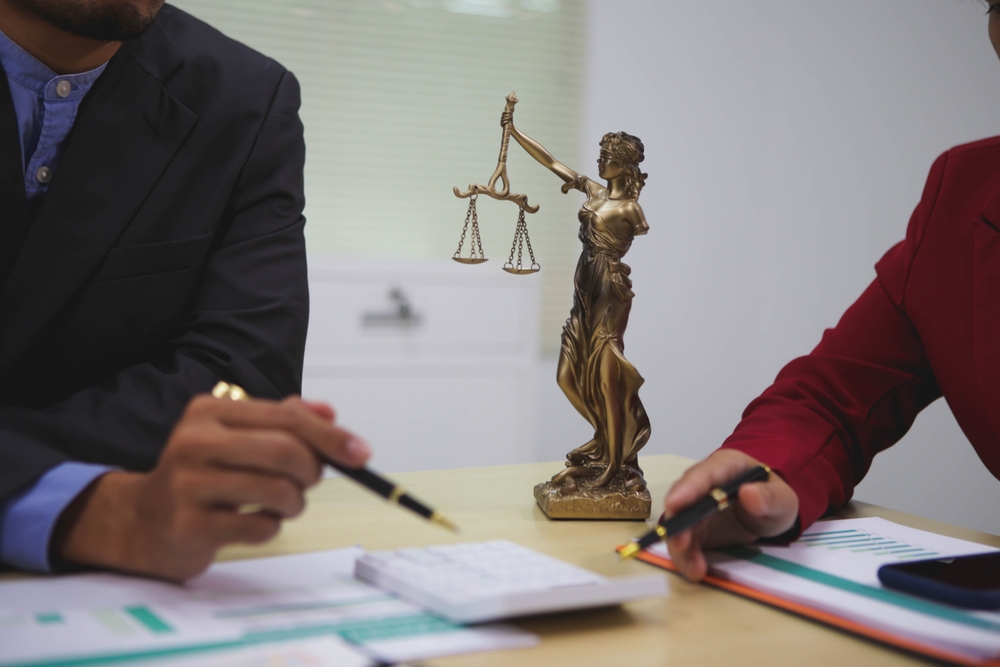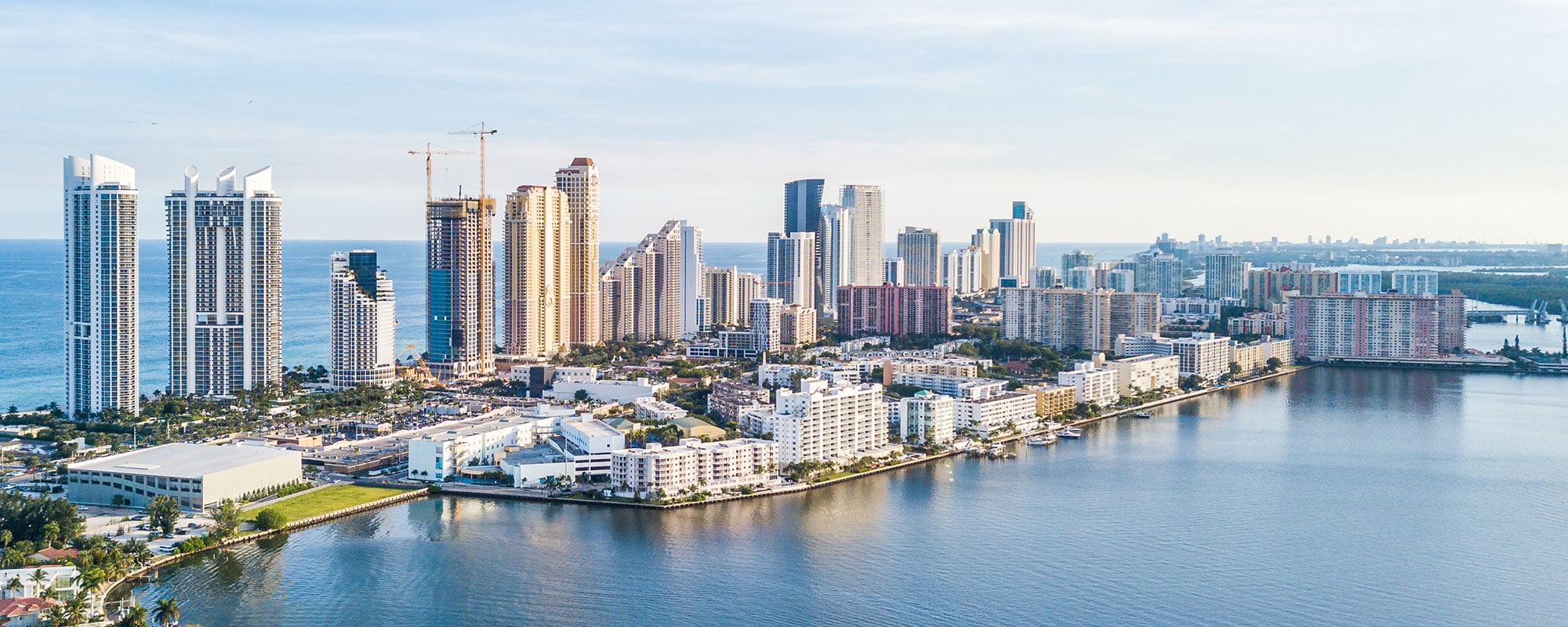Florida Hit And Runs Guide: What Victims Need To Know
Gregg Hollander | December 18, 2024 | Car Accidents

If you find yourself involved in a hit and run accident in Florida, you may feel confused, scared, and uncertain about what to do next. You are not alone. Many people face the aftermath of a hit and run without knowing how the law can help them. These accidents can hurt victims with vehicle damage, medical bills, and other losses.
If you are in this situation, you do not have to face it alone. Consider speaking to a Florida personal injury lawyer who understands these cases. A Florida personal injury lawyer can guide you toward fair results. Contact a Florida Hit-and-Run Accident Lawyer today to learn about your rights.
What Is A Hit And Run In Florida?
A hit and run accident happens when a driver hits another vehicle, a pedestrian, a cyclist, or property and then leaves the scene without stopping. In Florida, drivers must stop and exchange information after an accident, especially if someone is hurt or property is damaged.
Leaving the scene is a serious offense. It breaks the law and leaves the victim in a tough spot. If you are the victim of a hit and run, you may face injuries and damages with no idea who caused it.
Florida law tries to prevent drivers from fleeing by setting strong penalties for hit and run drivers.
Still, not everyone follows the rules. When a driver leaves without giving their name, contact information, and insurance details, seeking compensation can be more difficult.
A Florida personal injury lawyer can explain how these laws might affect your case.
Why Do Drivers Leave The Scene?
Drivers leave the scene for many reasons, none of them good. Some may fear facing charges without insurance or a suspended license. Others may worry about driving under the influence and choose to run rather than face the consequences. Some may drive a stolen car or fear paying for damages. None of these reasons excuse breaking the law and leaving a victim behind.
For a victim, it may not matter why the driver left. The harm happened. The victim may have to deal with injuries, property damage, and medical bills without knowing who will pay for them.
This is where a Florida personal injury lawyer can help. A Florida personal injury lawyer can help find any possible sources of compensation and guide you through the legal process.
What Should You Do After A Hit And Run Accident In Florida?
If you are able, call the police right away. The police can come to the scene, gather any available evidence, and try to track down the driver who fled.
If possible, you can also try to remember details about the vehicle that hit you. The color, make, model, partial license plate number, and direction of travel can help the police find the responsible driver.
If witnesses saw the accident, ask for their contact information. They might have seen something that helps identify the driver.
They can help take photos of the scene, your injuries, and damage to your vehicle if it is safe. Keep track of any medical treatment you receive and save all related bills and records.
Later, a Florida personal injury lawyer can use this information to build a strong case. By taking these steps early, you set yourself up for better results.
Can Police Catch the Hit And Run Driver?
The police cannot guarantee that they will find the hit and run driver, but they will try. They may review security camera footage from nearby businesses or traffic cameras. They may look for witnesses or follow leads, such as paint scratches left on your car that match a certain make or model.
Sometimes, the driver comes forward after feeling guilty or realizing the situation may only worsen.
Still, the driver may remain unknown. When that happens, the victim might worry about who will pay damages and medical bills.
This is where a Florida personal injury lawyer can help you. A Florida personal injury lawyer can examine your insurance policies and other options for seeking compensation, even if authorities do not find the driver.
Can You Sue The Hit And Run Driver If Found Later?

If the police find the driver who hit you, you can hold them accountable through a civil claim. You might sue them to recover damages for your injuries, medical bills, lost earnings, and pain.
However, even if you win a lawsuit, collecting money can be hard if the driver has no insurance or assets. That is why relying on your insurance can be important.
A Florida personal injury lawyer can guide you through the legal process. A Florida personal injury lawyer can file the necessary paperwork, gather evidence, talk to witnesses, and represent you in negotiations or court. This can improve your chances of receiving fair compensation.
How Soon Should You Contact A Florida Personal Injury Lawyer?
You should contact a Florida personal injury lawyer as soon as possible after a hit and run. Evidence can disappear, witnesses can forget what they saw, and you must meet deadlines for filing claims. The sooner a Florida personal injury lawyer gets involved, the better your chances of protecting your rights.
A Florida personal injury lawyer can begin investigating right away, contacting witnesses, reviewing police reports, and examining any camera footage that might exist.
Acting early prevents the other side from shaping the narrative without input from your side. It also allows you to understand your rights before making decisions that can affect the outcome of your claim.
What Damages Can You Recover in a Hit and Run Case?
If you succeed in a claim, you may recover various damages. These can include medical bills for hospital visits, surgeries, and therapy. You might receive compensation for lost earnings if you cannot work. You can also seek damages for the pain you endured from the accident and the costs of fixing or replacing your vehicle.
A Florida personal injury lawyer can clarify what damages might apply to your situation. Not every case is the same, but a Florida personal injury lawyer will work to ensure you receive fair compensation that covers both immediate and future needs resulting from the accident.
Can Witnesses Help in a Hit and Run Case?
Witnesses can be very important in hit and run cases. If someone sees the accident and can describe the other vehicle, that can help the police find the driver. Even if the driver is not found, a witness may confirm that the incident happened how you say it did, which can help with insurance claims.
A Florida personal injury lawyer can speak with witnesses, record their statements, and use their accounts to support your case. If a witness noticed a company logo on the vehicle, a Florida personal injury lawyer might track down the company and identify the driver. Witnesses strengthen your claim and help ensure the facts are clear.
How Can a Florida Personal Injury Lawyer Negotiate With Insurance Companies?
Insurance companies might try to pay as little as possible. They might question whether your injuries are as severe as you claim or argue that you were partially at fault.
A Florida personal injury lawyer can stand up to these tactics. A Florida personal injury lawyer can show you deserve more than the insurance company initially offers by presenting strong evidence, medical records, witness statements, and possibly video footage.
If the insurance company refuses to increase its offer, a Florida personal injury lawyer can consider taking the case to court. This threat alone sometimes encourages a fair settlement. Without a Florida personal injury lawyer, you might struggle to find the right arguments or collect the right evidence for a better settlement.
Do Hit And Run Cases Often Go To Trial?
Not all cases go to trial. Many settle through mediation before reaching that stage. A trial can take time and cause stress. If both sides agree on a fair amount, the case can end sooner. Settlements often give you the money you need sooner without risking a trial.
Suppose the insurance company is unwilling to offer a fair amount; a Florida personal injury lawyer can prepare for trial. Having a Florida personal injury lawyer at your side ensures that you are ready if a trial becomes necessary. A Florida personal injury lawyer can present your case to a jury and explain why you deserve compensation.
What If You Are A Pedestrian Hit By A Fleeing Driver?
Hit and runs do not just involve two cars. A pedestrian might be crossing the street when struck by a driver who then flees. Pedestrians often suffer severe injuries because they have no protection. If you are a pedestrian victim, you may face high medical bills, long recovery periods, and lost income.
A Florida hit and run injury attorney can help even in pedestrian cases. They can review your situation, consider your insurance options, and determine if you can file a claim against your uninsured motorist coverage.
If authorities find the driver, a Florida personal injury lawyer can pursue them for damages.
Having a Florida personal injury lawyer gives you a better chance of recovering what you need to move forward.
How Can a Florida Personal Injury Lawyer Strengthen Your Claim?
A Florida personal injury lawyer can guide you from start to finish. They can handle communication with insurance adjusters, so you do not say something that weakens your case. They can gather medical records, talk to witnesses, and find video evidence. They can hire accident reconstructionists to show how the crash happened if needed.
A Florida personal injury lawyer can pressure the insurance company to offer a fair settlement by presenting a well-organized and evidence-backed claim. If the insurance company resists, a Florida personal injury lawyer can file a lawsuit and represent you in court. Having a Florida personal injury lawyer improves your chances of a fair outcome.
Is Emotional Stress Considered In Your Claim?
Being involved in a hit and run can cause more than physical harm. It can bring fear, anxiety, PTSD, and a sense of injustice. While not always easy to quantify, emotional stress can be part of what you seek compensation for. If the accident caused ongoing mental distress, therapy costs and the impact on your daily life might be included in your claim.
A Florida hit and run injury lawyer can help show how your emotional well-being was affected. A Florida personal injury lawyer can argue that the stress deserves compensation by presenting evidence of counseling sessions, changes in your behavior, or statements from family members.
What If The Insurance Company Denies Your Claim?
It is frustrating when an insurance company denies a claim, but it does not have to be the end of the road. Sometimes, they deny claims, hoping you will give up. A Florida personal injury lawyer can appeal the denial, present stronger evidence, or negotiate more aggressively.
A Florida hit and run injury lawyer can take the matter to court if the insurance company still does not pay. A Florida personal injury lawyer might secure a ruling in your favor by showing a judge or jury the facts. The denial is just one step in the process. With a Florida personal injury lawyer’s help, you can push forward.
Do You Pay a Florida Personal Injury Lawyer Upfront?

No. Many Florida personal injury lawyers work on a contingency fee basis. This means they get paid only if they win or settle your case. You do not pay them upfront. Instead, they take a percentage of the settlement or court award. This arrangement helps victims access legal help without worrying about large fees.
A Florida personal injury lawyer can explain their fee arrangement during your first meeting. Knowing you only pay if the case succeeds can give you confidence in hiring a Florida personal injury lawyer. It also motivates them to work hard for the best possible outcome.
What if a Family Member Died in a Hit and Run Accident?
Losing someone you love in a hit and run is a devastating experience. You might have the right to file a wrongful death claim. This can cover funeral expenses, lost income, and the emotional impact on the family. It can also hold the responsible party accountable.
A Florida hit and run injury attorney can handle these sensitive cases with care and understanding. They can gather evidence, talk to witnesses, and represent the family’s interests. While no amount of money can bring back your loved one, a Florida personal injury attorney can help ease the financial burden and provide some sense of justice.
Reach Out to a Florida Personal Injury Attorney
A hit and run accident in Florida can leave you feeling frustrated and uncertain. You may face physical pain, financial stress, and emotional turmoil. But you do not have to handle this alone. A Florida personal injury lawyer can explain your legal rights, deal with insurance companies, and fight for fair compensation.
Your well-being matters, and you deserve to know what steps to take next. Do not wait—contact a Florida personal injury lawyer and start protecting your future now.
